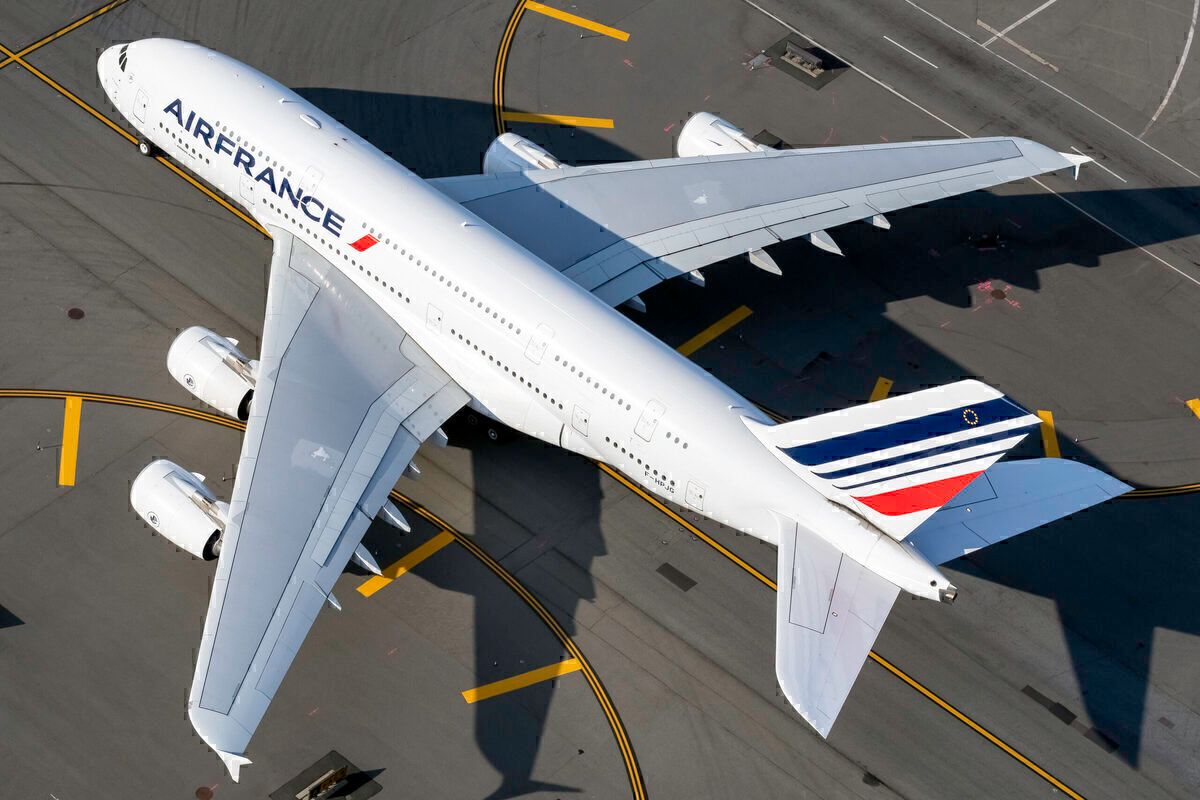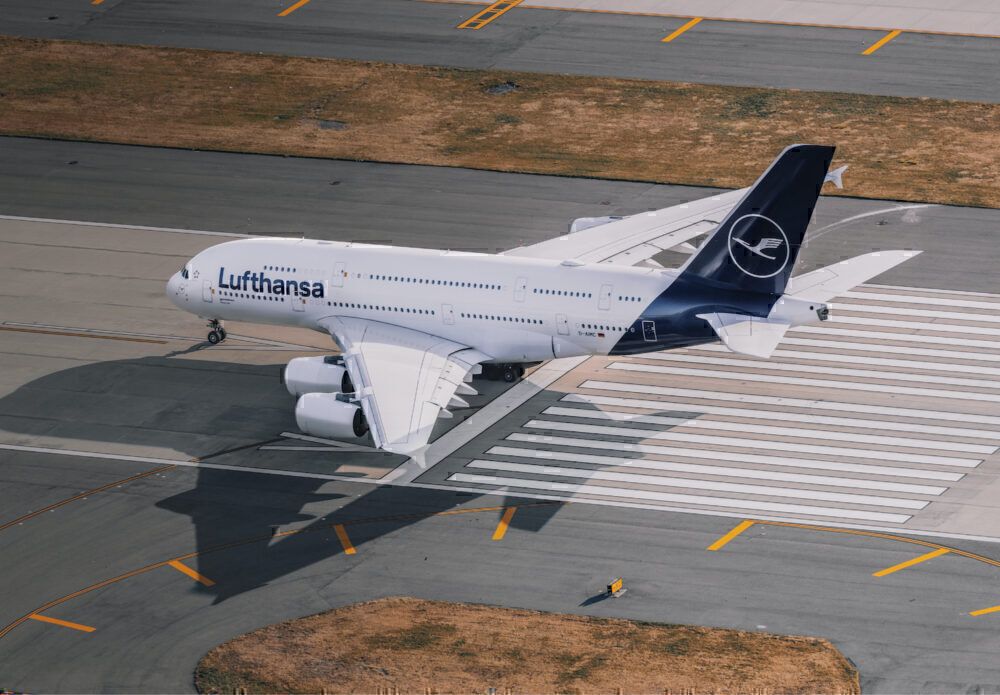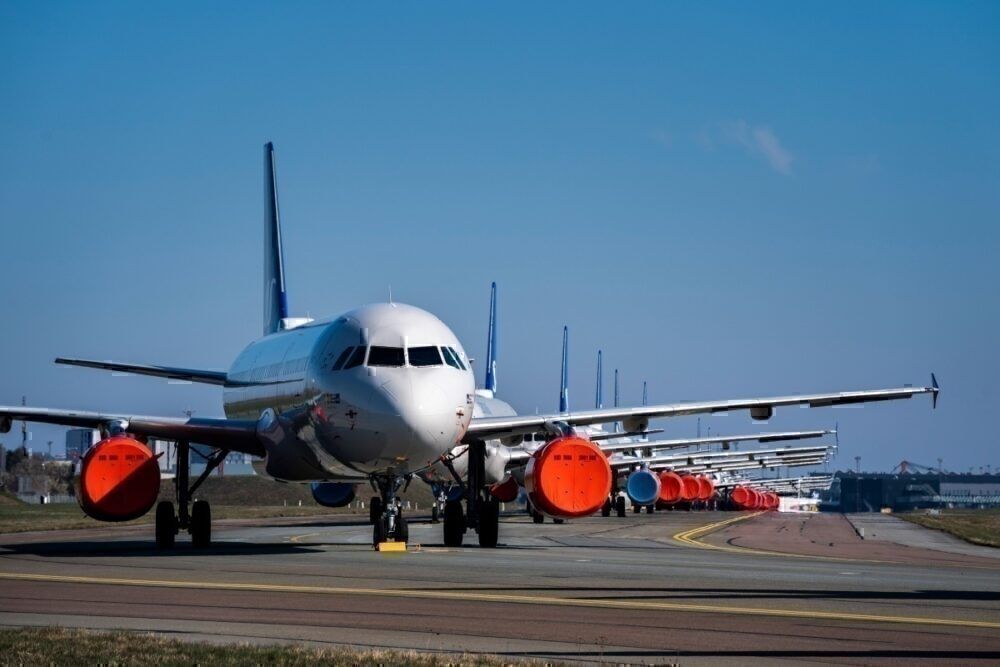To write any kind of annual review for 2020 was always going to be heavy. No more so than when it comes to aviation. The hopes for a tentative recovery during late summer and early fall were quickly dashed as the second wave of infections spread across the continent. In the year that passed, European aviation waved goodbye to some iconic aircraft and, sadly, tens of thousands of jobs.
Farewell to the European superjumbos
As lockdowns and travel restrictions rolled out across the world, planes were parked for long-term storage. Some headed into early retirement, never to carry passengers again. This was the case for Air France's superjumbos. The French national airline entered the crisis with nine A380s and will come out with none.
News of the type's immediate retirement was announced in May. Its final flight for the carrier, AF380, was a roundtrip from Paris Charles de Gaulle for staff that had worked on the A380 and took place on June 26th. German flag-carrier Lufthansa also said it is highly unlikely that it would be bringing its remaining A380s back into service. The seven still in the fleet are currently parked at Teruel in Spain and the airline's hub in Frankfurt.
Portuguese wet lease specialist Hi Fly also bid farewell to its second-hand market A380 as late as December 17th. The carrier chose not to renew its lease as demand for that kind of capacity is virtually non-existent due to the ongoing crisis.
Tens of thousands of job cuts across the main three airline groups
Unfortunately, it is not only aircraft types that airlines have had to say goodbye to in 2020. Tens of thousands of jobs have been lost as carriers sought to limit cash burn and emerge as smaller airlines on the other side of COVID.
British Airways furloughed 30,000 employees in April. Initial reports suggested that as many as 12,000 jobs could be cut from the UK flag-carrier. However, following union talks and concessions, the number came down to 10,000, which is still one-fifth of the airline's workforce.
BA's IAG Group partner airline Aer Lingus had to let go of 500 employees. Their Spanish counterparts Iberia and Vueling have thus far avoided cuts through the government's furlough scheme.
Lufthansa Group, including the mainline carrier, SWISS, Austrian Airlines, and Brussels Airlines, said it would need to let go of the equivalent of 30,000 full-time positions by the end of 2020. An additional 10,000 jobs could be cut in 2021.
Air France has said it will let 6,560 employees go from its mainline carrier alone by the end of 2022. Its Dutch partner airline KLM says it may need to say goodbye to as many as 4,500 to 5,000 staff until the end of next year.
More staggering redundancies
TAP Portugal is letting go of 2,000 employees and will not renew another 1,600 temporary contracts from its 10,000 member workforce.
Further north, SAS slashed 5,000 permanent jobs early on in the crisis. In the first major cuts by a European airline due to COVID, the Star Alliance member said goodbye to 40% of its workforce.
Neighboring Finnair has cut 10% of its staff. Nordic low-cost competitor, struggling Norwegian Air, began the year with 10,000 employees and will end it with a mere 600.
Icelandair will emerge on the other side of the crisis with only 60% of its pre-pandemic employee numbers. airBaltic is looking at similar figures but has said it will rehire staff as demand returns.
Low-cost carrier Wizz, while prolific in opening bases, is cutting 1,000 jobs. Budget segment long-term rivals Ryanair and easyJet have managed to keep cuts down from initial estimates by reaching agreements on pay-cuts and reduced working hours, although exact numbers have not been disclosed.
What do you remember most from the year of European aviation? Perhaps something more cheerful? Let us know in the comments.



